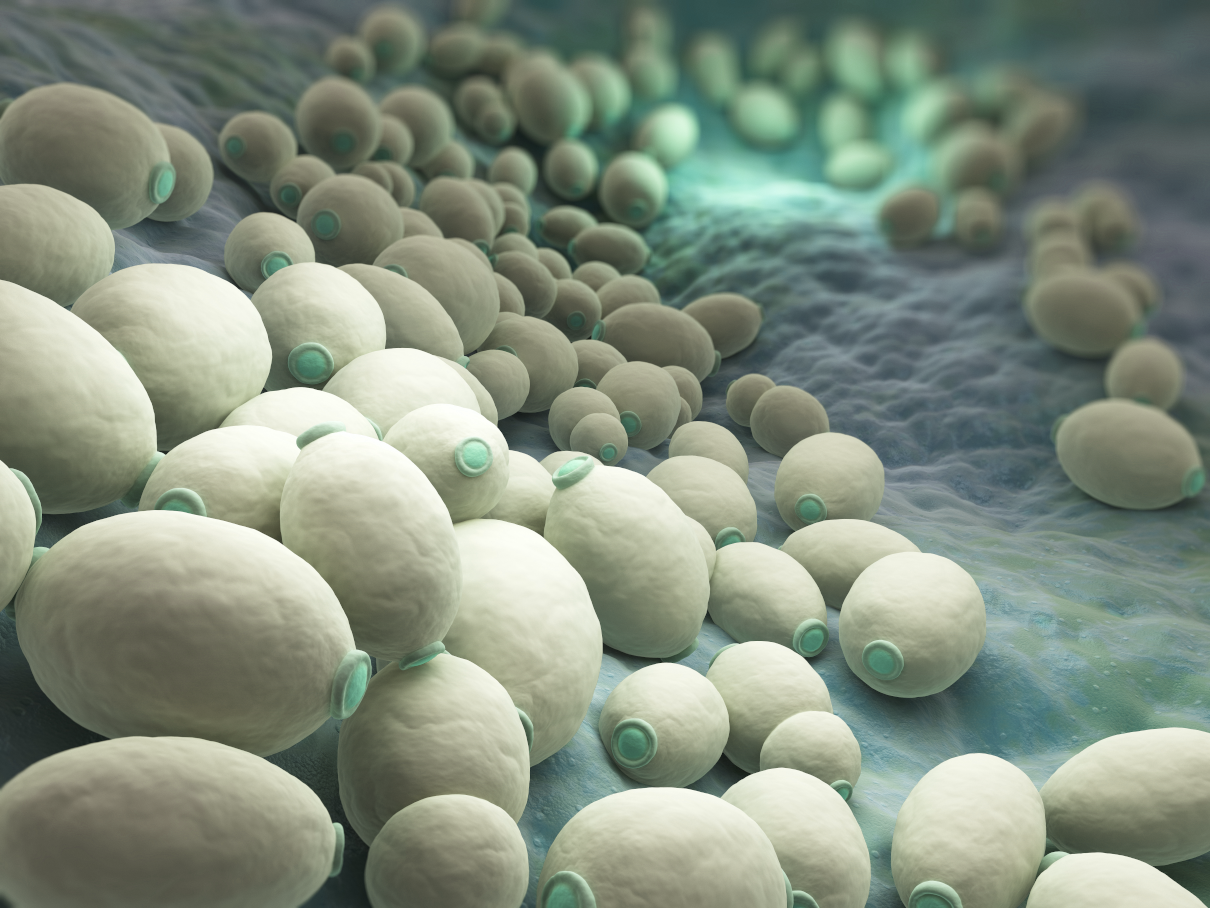
Coronary heart disease (CHD symptoms) is previously called ischaemic heart disease. It is a chronic or acute violation of the blood supply to the myocardium (the muscle layer of the heart), which results in an insufficient supply of oxygen to the heart. It occurs when arterial blood enters (or does not flow at all) the cardiac muscles in a limited amount due to coronary artery disease. The acute form of IHD is chronic myocardial infarction.
The symptoms of CHD allow for faster detection. However, CHD can manifest in people who do not have the conditions for developing acute IHD. Therefore, it is worth knowing what signs can show the presence of coronary artery disease. The sooner a violation of the blood circulation of the vessels is detected, the more successful the treatment will be.
The primary symptoms
The primary CHD symptoms are:
- Dyspnoea, which may occur either during a fast walk, climbing the stairs, or with quiet movements;
- arrhythmia; interruptions in the work of the heart, heart palpitations;
- hypertension; sharp jumps and increased blood pressure;
- tension on stenocardia; pressing pains, feelings of left shoulder dislocating behind the breastbone, pushing the neck;
- Myocardial infarction resembles an angina pectoris attack, but drugs can’t stop severe heart pain. This symptom indicates a peak in the development of IHD. Moreover, it is a life-threatening violation of the heart muscle.
However, the development of ischemic disease is often slow. In its first stages, it is almost asymptomatic (few people pay attention to the tingling sensation in the heart region and slight shortness of breath). To identify the disease in its initial stage, we must regularly undergo a preventive examination with a cardiologist and therapist.

One colonic irrigation session including consultation
Colon irrigation and comprehensive consultation with a professional colon hydrotherapist registered with RICTAT and ARCH at the Parkland Clinic in Holborn. We use a closed system only—London’s best colonic hydrotherapy deal.
CHD symptoms prevention
Everyone knows it’s easier to prevent a disease than cure it. That is why you should not neglect measures to preserve the health of your blood vessels and arteries. First, people must eliminate all risks that lead to the occurrence of IHD. We can do that by quitting smoking, reducing alcohol consumption to a minimum, and refusing to eat fatty foods and foods with high cholesterol levels.
Help
Also, be more involved in cardio-based exercises, like walking, biking, dancing and swimming. It will help reduce weight (if there is excess) and strengthen the walls of the blood vessels. Once every six months or year, you must undergo a blood test to check for blood sugar and cholesterol levels.
Ischemic heart disease is, unfortunately, still one of the most common conditions globally and, even more sadly, is not entirely curable. Maintenance therapy can be long and extremely difficult for the patient and his family.
Experts in our London clinic will help restore and strengthen the body’s health and prevent CHD symptoms.

Chest and stomach waxing for men
Our London clinic’s professionals can wax men’s chests and abdomens. We use high-quality materials and modern equipment. This treatment lasts thirty minutes.











